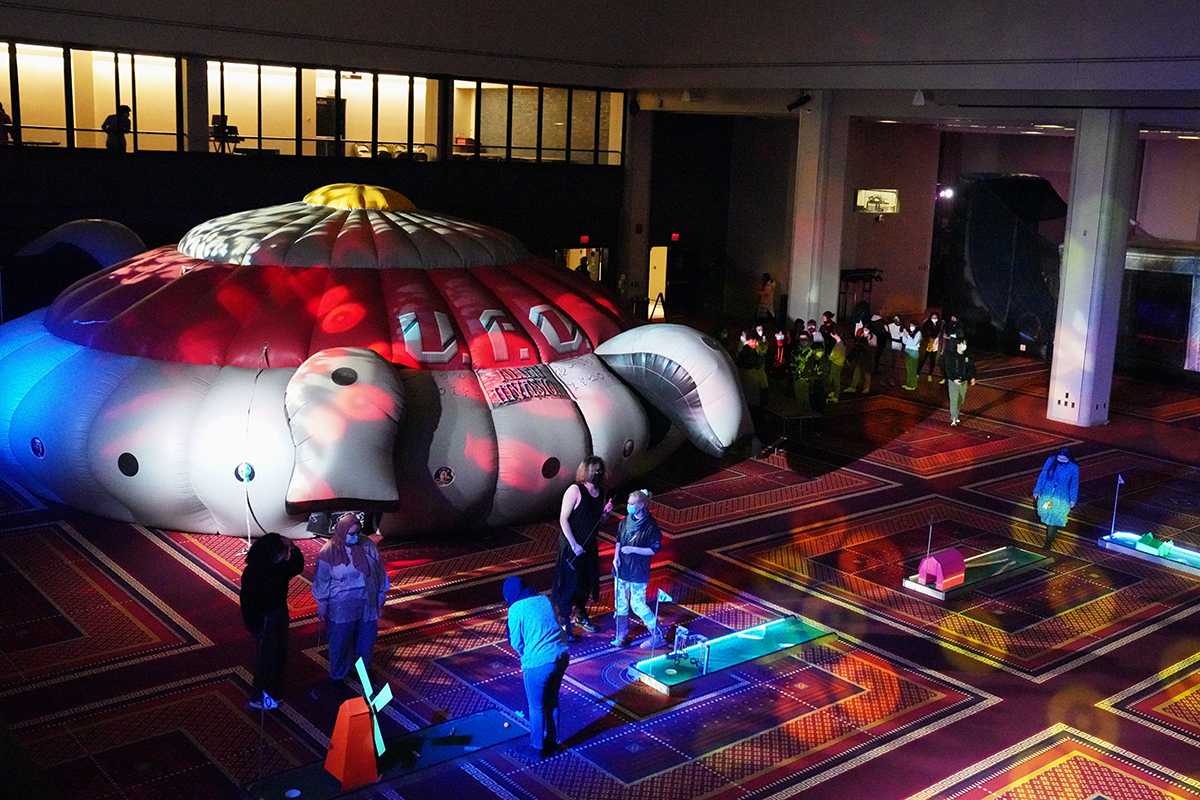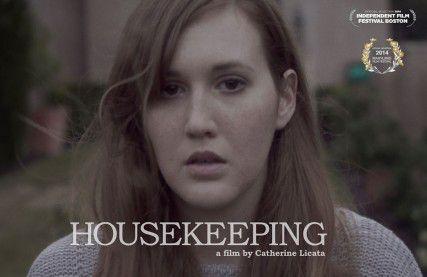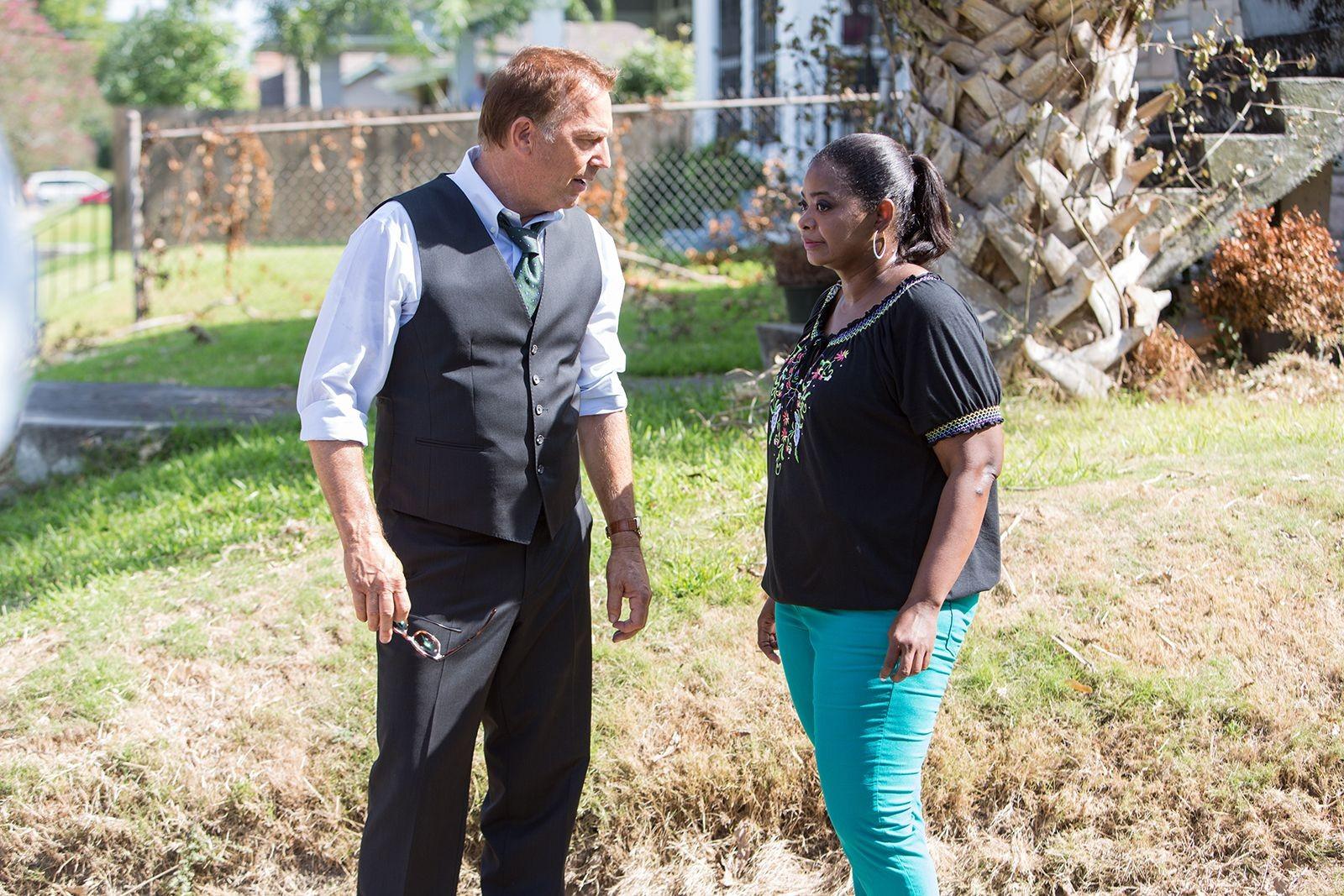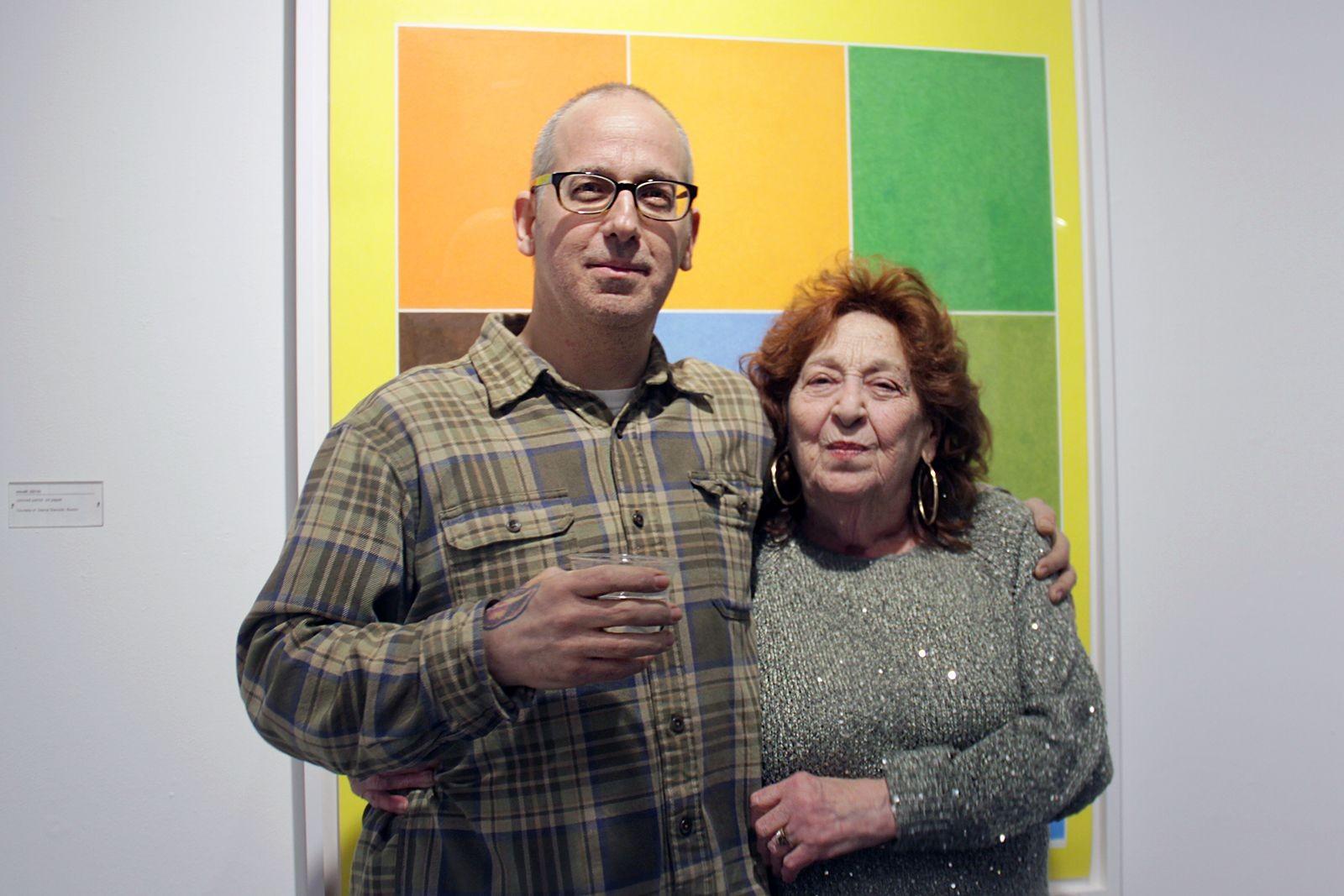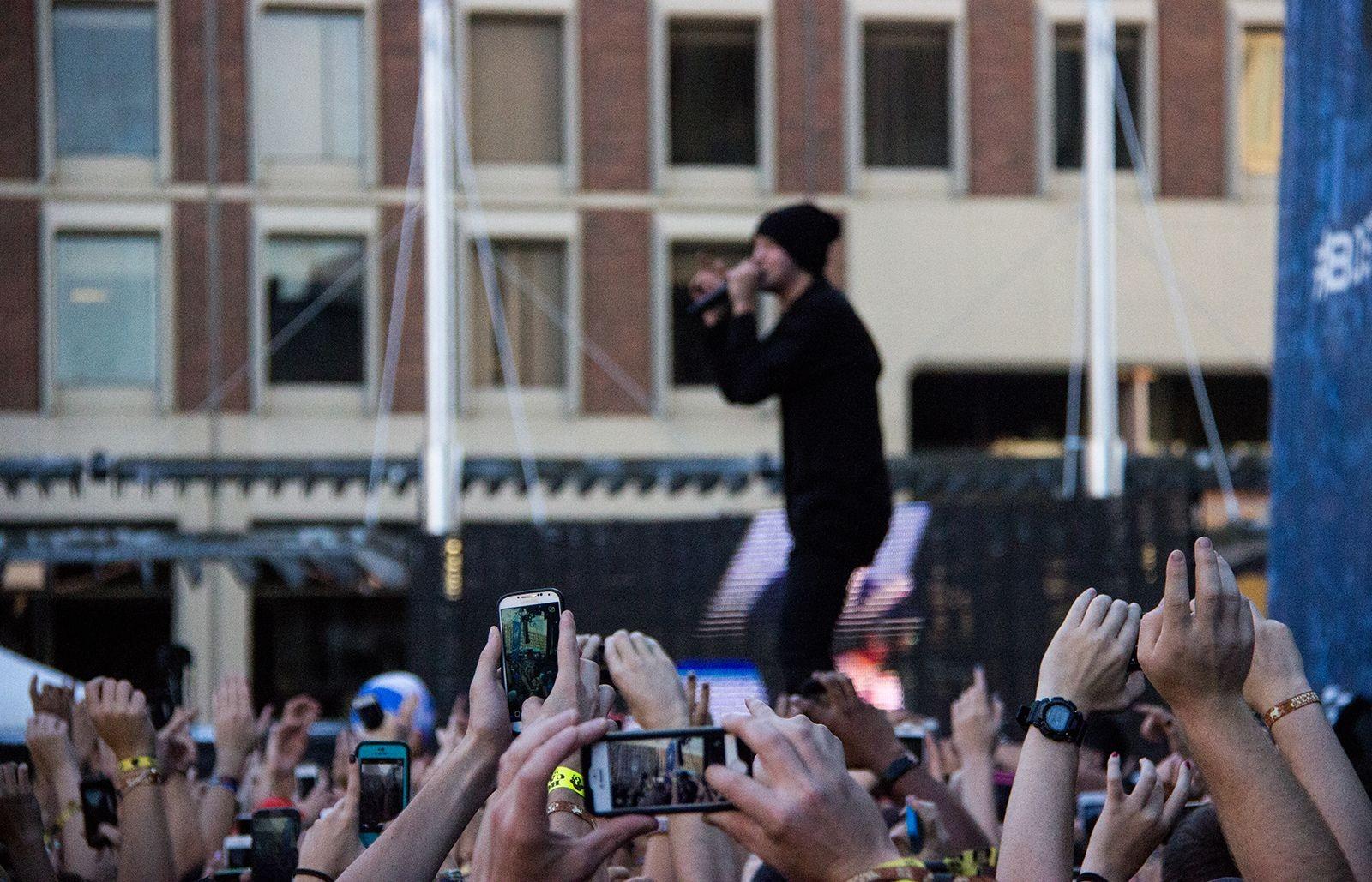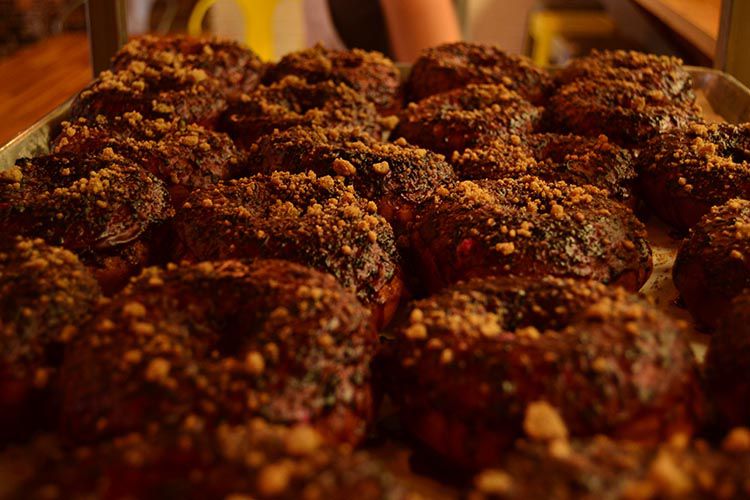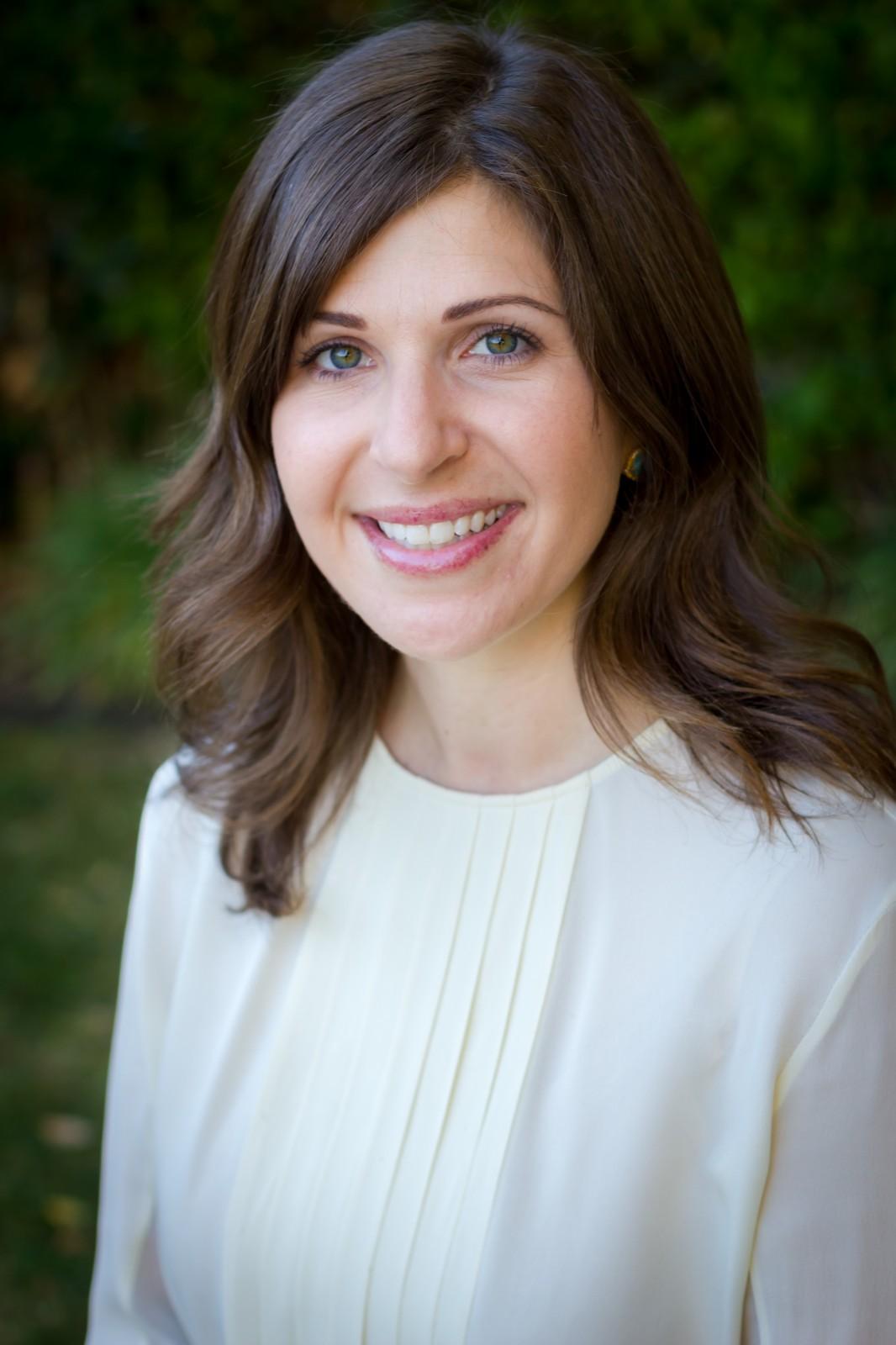Fresh from her electric performance at Coachella last Saturday—a grueling 31-hour ordeal which involved an emergency dentist visit and zero sleep prior to show time—British music journalist and DJ extraordinaire Mary Anne Hobbs took a few minutes to speak with The Muse. The topics? Aside from her much-anticipated set at Paradise Rock Club as part of Together Festival, Hobbs spoke about the global culture of electronic music, eating a bowl of clam chowdah with Joe Perry and her role as an evangelist of future sound.
The MUSE: How are you feeling about coming to Boston and playing the Together electronic music festival this weekend?
Mary Anne Hobbs: I actually came to Boston many years ago when I was a music writer in my formative years in the music industry. I came to interview Aerosmith believe it or not, and I remember how enchanting Joe Perry was. The other thing I remember was that we ate some absolutely amazing clam chowder together, which I’ll never forget. I’ve never had it before or since, but that moment with Joe Perry, maybe 20 years ago, was very, very magical indeed. I always have a huge amount of affection for the city as a consequence of that.
I’m really excited to play Together Festival. Interestingly for me, I find these days the way that I work is really quite a paradox in terms of the actual experience. I spend so much time behind a computer that I now have the most time in a relationship of all my relationships with my Mac. And I find that digital technology has empowered us so much to reach out on a myriad of different platforms right across the world with thousands of different people simultaneously. It also very much atomizes us as human beings, so I feel like events like Together that are designed to draw together these incredible kindred spirits all over the world are becoming increasingly more and more significant in our lives. We all need the opportunity to reconnect in human form, and we need the opportunity to extend these ideas, and feelings and passions. Events like this for me have started to become more and more important all the time given the way we work in this crazy, hugely-accelerated, digital age.
TM: What has the experience been like for you simultaneously being a performer and a music journalist?
MAH: I have always seen myself principally as a broadcaster. It was only when I released a compilation album in 2006 titled Warrior Dubz, which came out on the Planet Mu label, that people started to hit me up and ask me: ‘Do you want to come and play?’ And I think that was very much driven in those days by the fact that a lot of the music that I was playing on-air and a lot of the music that was featured on that compilation was very rare and unobtainable to most people. Principally, because it only existed as dub play and in dub play form. There were very, very few people, only a handful of artists, many of which were London-based, that actually had access to this music.
So, I think people thought: ‘She’s got the beats. We have to get her into a club environment.’ And I was honest with people. I said to them, ‘I don’t have any skills as a live DJ whatsoever. I see myself as a broadcaster, as a radio DJ, which is a completely different art form altogether.’
But I remember Loefah, he’s one of the real kingpins of the whole scene, intrinsically involved with the Undead, he now has his own label, Swamp 81. He put a little party together with The Bug which he staged in East London called Bash. And he got on my case and wouldn’t leave me alone. He pushed me, and pushed me and pushed me. He said: ‘Just come and play, just come and play, it will be really exciting.’
And I remember at that point not really understanding what pitch control was or anything like that. I arrived at the club and threw on the most random, but hopefully exquisite, assortment of music. But even at that point, when I had almost no concept of what I was doing in the club setting, I found it absolutely intoxicating, and I decided that I was going to learn how to do this. So I learned how to beat mash, and how to mix, and headed out on the road. It’s a very important part of what I’m doing now.
If you were to define my role, you would probably say that I’m an evangelist of future electronic sound. That works on the radio, but I think it speaks very powerfully and timely in a live environment also in spite of the fact that a club set is constructed completely differently than anything you would do on the radio. You are very much constrained with the ways that music needs to be brought together. You do need to physically move people’s bodies in a club environment. You need to build a set that can be delivered at the same tempo. As opposed to the radio where you can do stuff that’s much more esoteric—tempo is a material, and you can build it in any which way you like as a mosaic of sound.
But I think in terms of communication in human form between myself and a club audience, it’s very necessary in these times. All you hear otherwise is a voice in the ether. I try to work across a multitude of platforms. I make videos of this tour for YouTube, I’m blogging at the moment and I’m doing lots of local interviews to try to spread the message in as many ways and forms as I can. When you look at it collectively, it’s all part of the same mission. It’s a crazy mission that I’ve been on for many years trying to become an evangelist of future sound, and trying to project that.
TM: That being said, what can we expect from your set at Together?
MAH: Well I’d like to play a real rainbow spectrum of textures. So as much as I’ve been associated in recent years with the evolution of dub-step, my set isn’t really a dub-step set. There are elements of that, but there are also so many other electronic textures. I really feel that it’s very, very important to represent as much diversity in sound as you can possibly do. Your commitment is obviously what people pay for when they pay to see you and cross the threshold of a club. They want to dance, and they want to move their bodies and feel that incredible energy. It’s important to represent as many different areas so that people realize there are so many phenomenal trajectories in electronic music right now. That’s always the challenge for me. That’s the flaming hoop that I need to jump through.
TM: One of the main goals of Together is to unify a large but divided electronic music culture that exists in Boston which seems to fly below the radar. That seems to be a trend of electronic scenes across many parts of the U.S. But in the UK, electronic music is much more a part of the culture. What can you say about some of the different preferences of music in each culture?
MAH: It’s interesting because I see a very intense and symbiotic relationship between different scenes in the UK and in America. There are very close connections between many of the New York City crews. For example, Dave Q, who runs Dub War, and a lot of the artists who record for Planet Mu, like Machinedrum and FaltyDL, some of the Hotflush camp based in New York City—Alex Incyde who works directly with Scuba at Hotflush. And there’s a wonderful kind of community of artists and musicians. All of the artists involved with Low End Theory, with the Brainfeeder label, with Alpha Pup, with Leaving Records all have close ties with the UK.
And there are several scenes in the UK that form part of this global family. Obviously the London scene is centered around DMZ and Forward. The scene in Bristol centered on the Subloaded parties, and that whole Bristol family produces incredibly diverse and astounding music. And then even north in Scotland. All of these people communicate globally with each other. And they take the opportunity to play with one another, to produce one another’s music, and to support and play them. It’s a wonderful thing to see this community performing. And certainly the trans-Atlantic bonds are strong.
TM: There’s been a lot of mixing and genre blending within electronic music and even with other genres like hip-hop and indie rock. Do you have any insights into where electronic music might be headed next in the near future?
MAH: Ah well, that’s the $50 million question, isn’t it? If any of us knew the answer to that, then there would be no point in doing any of this. I think that greatest element in all of this is that we really never know what’s around the next corner. Really, in the last five years the whole landscape has changed completely. Unless you live in the third world, unless you live in central Africa maybe, you now probably have access to software that you can use to build music. Most people have that kind of access these days. You can build a world-class tune on Playstation these days.
There’s also the advent of global platforming with what started on Myspace, and now there’s Soundcloud and all the rest. Almost anyone can build a tune and upload it to a global audience within moments of finishing it. That’s phenomenally exciting. I think this is why we have seen in the last five years this amazing acceleration with how sound is created. That’s what’s so amazing about it—that element of surprise. If you were to ever accurately predict the future of this then that would be a tragedy.
TM: Absolutely. Just thinking back to 2008, there’s a video of you on YouTube walking down the street asking people if they know what dub-step is. And nobody seems to have any clear idea what it is. And now it’s really become a part of electronic music as a whole.
MAH: Oh yeah! That’s a really brilliant example to cite. It was only a few years ago when it was a complete mystery about dub-step. At this point today, it’s one of the most common of global concerns. Space music is all its forms has that connotation now. I just came way from Coachella festival where I played on a main stage there alongside 50 other artists that I supported at the BBC. And back then they were considered marginal, underground artists. But now they can step up alongside any other performer at a festival as primary as Coachella. It’s so exciting, and completely mind blowing.
TM: You were just mentioning Coachella. Can you give us some of your favorite moments from the festival, and what you’re looking forward to at Together?
MAH: Coachella was a sweet, and strange, and crazy blur for me. I had actually been up two days and two nights at the time I played on stage. Obviously when you’re touring and putting together an itinerary, the travel can be extremely punishing. You just have to roll with the punches. There’s really no other way to get through it. We had just played at San Francisco the previous night—myself and all the Road Warrior crew that are touring with me—and we got a 5 a.m. flight out of there. And we had to make a kind of emergency pit stop to get my agent Sarah some… necessary dental work, let’s say.
So when we got to Coachella, I calculated that we had been awake for 31 hours. As you can imagine, once you go into that kind of atmosphere, it’s punishing—100 degrees outside in the desert heat. By the time I got up on stage I was almost completely delirious. It was a very surreal experience for me. It’s only now that I can see the photographs and videos that we put on YouTube that I can get a sense of what happened. It was a very fast, in and out, set for me. After that I had to go lapse into a coma. Which was unfortunate, but that’s life.
It’s interesting because there are many times that you’ll roll through a festival and not get to see any other acts. Maybe you have an early flight, or you have to literally go have some sleep if you’ve been up for a day or more. Lil’B was up right before me, so I caught a bit of his show which was absolutely wild. And that’s about it. I had to go stretch it off and go lie down in the dark.
But with Together, Mike Slott is playing, who I love. Ramadanman, too. Trentemoller will be interesting. I’ve never seen him play, and I want to catch that. Egyptrixx I love as well. He’s an absolutely incredible artist. Those would be my hot picks.
Mary Anne Hobbs plays Together festival at Paradise Rock Club on Sunday April 24 with Lorn, TAKE and Mike Slott.

















































































































